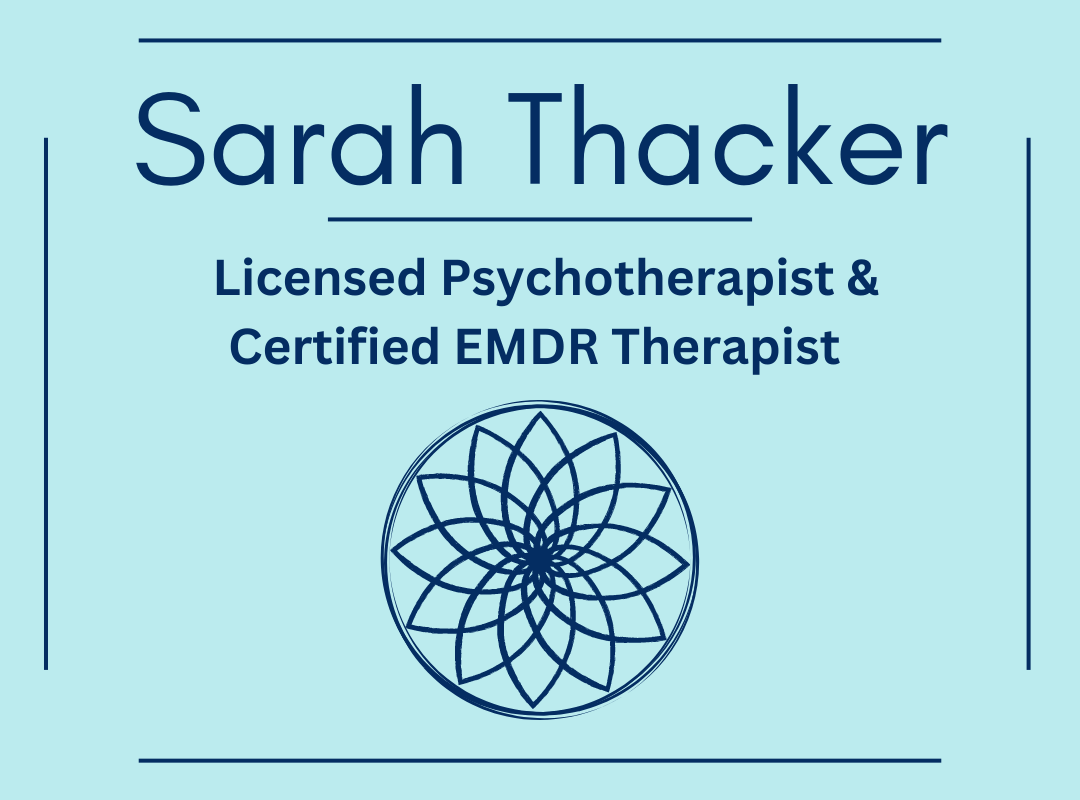I hope you are finding the deep dive into the principles of intuitive eating created by Evelyn Tribole and Elyse Resch to be helpful, eye opening and thought provoking when it comes to your relationship with food. Today I’ll be exploring the fourth principle of intuitive eating: Challenge the Food Police. This principle is really all about embracing nonjudgment of your food choices and releasing fear, judgment and shame as it relates to food.
The food police are deeply entrenched in diet culture rules, regulations and beliefs about food. The food police tend to show up when you make a particular food choice and then will label that choice as good or bad—which we know only causes an internalization those feelings and creates a projection of how you will feel about yourself. This plays into feeling superior or inferior in relation to your choices rather than grounded and accepting, which is how you might prefer to feel.
The food police can be an external force as well. The people, books, studies and otherwise that will make comments about your choices, question your choices, praise you for making a “good” choice and maybe look at you a bit funny or even make a comment—with judgment—if you are making what they perceive as a “bad” choice. All of this only perpetuates stigma around food, body image and ultimately creates internalized feelings of guilt and shame.
Guilt shows up as your conscience. Guilt is an appropriate and helpful emotion to feel if you’ve actually done something wrong. Let’s say you are frustrated and take out that frustration on someone you care about and speak unkindly to them. You may experience feelings of guilt. That person did not deserve to be spoken to in that way, and most likely if you weren’t frustrated you would not have reacted in this way.
The guilt you experience is a helpful compass that signals to you that the way you acted was not in alignment with how you want to treat others or show up in the world. Now you have a choice to respond to that emotion. You can rectify your behavior through an apology. Following your apology you can show a concerted effort to change your behavior. The next time you feel frustrated, you can determine how to more appropriately and effectively cope with, manage and express that emotion.
I know this guilt talk has been a bit of a detour, however, it’s important to understand the nature and need of guilt. Guilt is helpful if you’ve actually done something wrong. If you eat a cookie, you are not doing anything bad or wrong and more importantly you are not a bad person for making that choice. The guilt that may show up from the food police in your head or around you however may make it difficult to wade through and clarify these feelings for yourself. Recognizing the amount of guilt you experience when it comes to your food choices allows you to explore your own food police more rationally and in depth.
What’s even worse is that the food police work through guilt and shame and when those feelings become internalized it can lead to emotional eating patterns. These patterns increase feelings of guilt and shame and lead to things like eating in secret, feeling ashamed and an increase in food cravings on an intense and deep level. Listening to and believing the food police ultimately can lead to dangerous emotional eating patterns and overeating because they are bound up in the diet mentality, judgment and the concept of restriction. When you allow food to be just food and ditch the judgment you feel more grounded and balanced in your choices.
Noticing the food police is enhanced when you pair it with the practice of mindful eating. Making a choice about what to eat and then doing so in a way that allows you taste, enjoy and be present with your food—without judgment. Be aware of thoughts about what you are eating and try to align with the facts about it rather than any emotions or judgments.
Some nonjudgmental self-statements might sound like the following, practice using them to combat the food police in your head and those potentially around you:
This food tastes good to me.
This food provides nourishment.
This food satisfies me.
This food satiates me.
This food makes me feel _______________(healthy, energized, grounded…)
Some ways you can practice speaking to yourself in a kind, food police revoking manner might sound like some of the following:
Today I choose to honor my hunger.
The food I choose is my choice.
I trust my choices.
I know what my body wants and needs.
I will eat this food with a mindful focus and notice the effects it has on my body.
I deserve to enjoy my food.
I deserve to nourish my body.
When you engage in this process of mindful and intuitive eating you begin to strip away judgment, fear and shame. Ironically, you may find that you crave less and restrict less at the same time.
For this week, practice noticing the food police while you are eating one mindful meal or snack. Be aware of any feelings of guilt and challenge them, ask yourself, “have I actually done anything wrong?” Take notes and see how you can transition to speaking to yourself internally in a nonjudgmental and compassionate way when it comes your food choices and your body. Begin using some of these self-statements and feel the internal shift that comes with this powerful practice.



